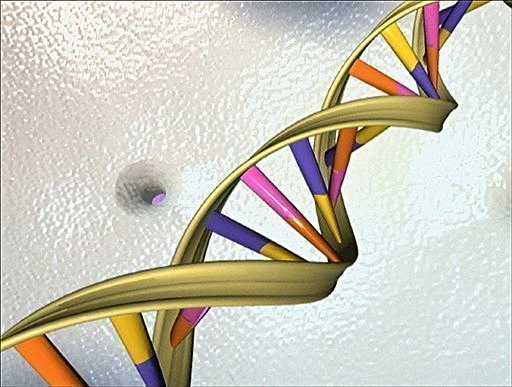
© AFPThe molecular robot is just four nanometres -- four billionths of a metre -- in diameter.
Paris - Scientists on Wednesday announced they had created a molecular robot made out of DNA that walks like a spider along a track made out of the chemical code for life.
The achievement, reported in the British journal
Nature, is a further step in nanoscale experiments that, one day, may lead to robot armies to clean arteries and fix damaged tissues.
The robot is just four nanometres -- four billionths of a metre -- in diameter.
Milan Stojanovic of New York's Columbia University, who led the venture, likens the nanobot to "a four-legged spider."
The beast moves along a track comprising stitched-together strands of DNA that is essentially a pre-programmed course, in the same way that industrial robots move along an assembly line.
The track exploits one of the basic characteristics of DNA. A double-helix molecule, DNA comprises four chemicals which pair in rungs.
By "unzipping" the DNA, one is left with one side of the strand whose rungs can then be paired up with matching rungs.
In other words, the track can be used rather like the teeth in a clockwork mechanism. A cog can move around the teeth, provided it meshes with them.
By using strands that correspond to sequences in the track, the robot can be made to walk, turn left or right as it is biochemically attracted to the next matching stretch.
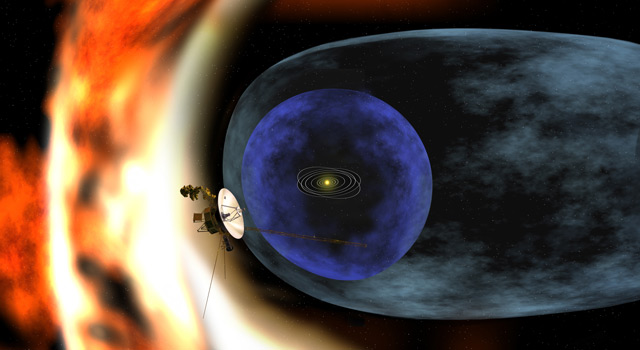


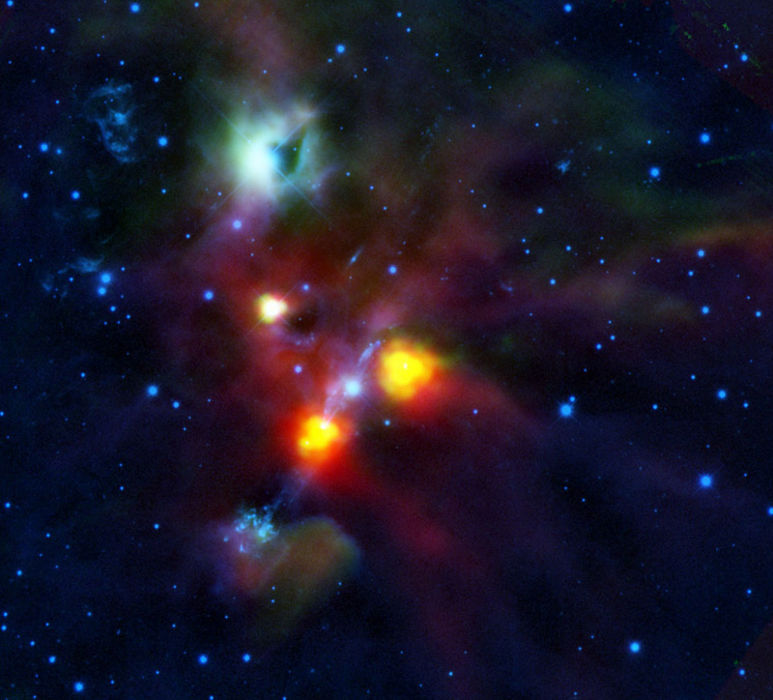
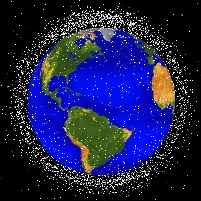



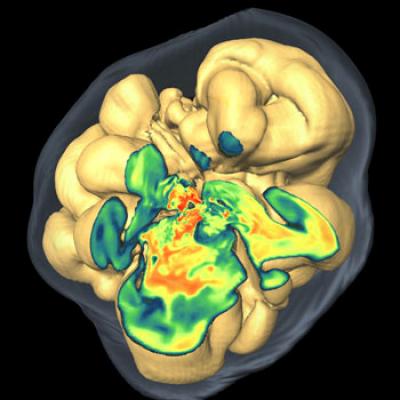
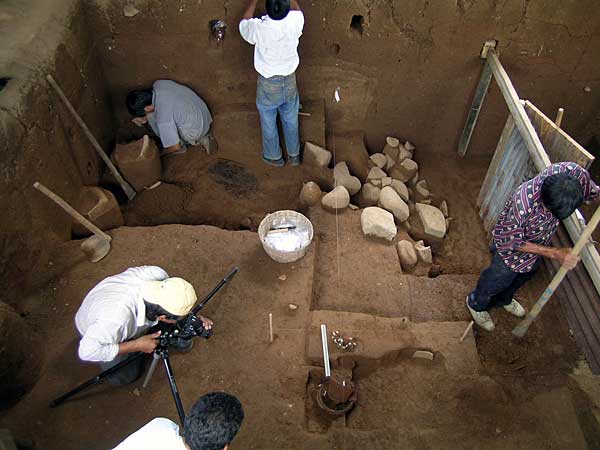



Comment: On the Voyager main website http://voyager.jpl.nasa.gov, from where the above article is linked, we find additional information:
May 6, 2010: On 22 April 2010 the DSN achieved a nominal carrier and subcarrier acquisition but was unable to frame-sync Voyager 2 telemetry in the routine cruise science/engineering data mode. We commanded to the 40 bps engineering-only data mode by real-time command, achieved frame-sync and found no spacecraft alarm conditions. So far, the only anomalous indication is an incorrect checksum from the Flight Data System (FDS) memory flight software region. We should learn more after we receive and analyze a full FDS memory readout.